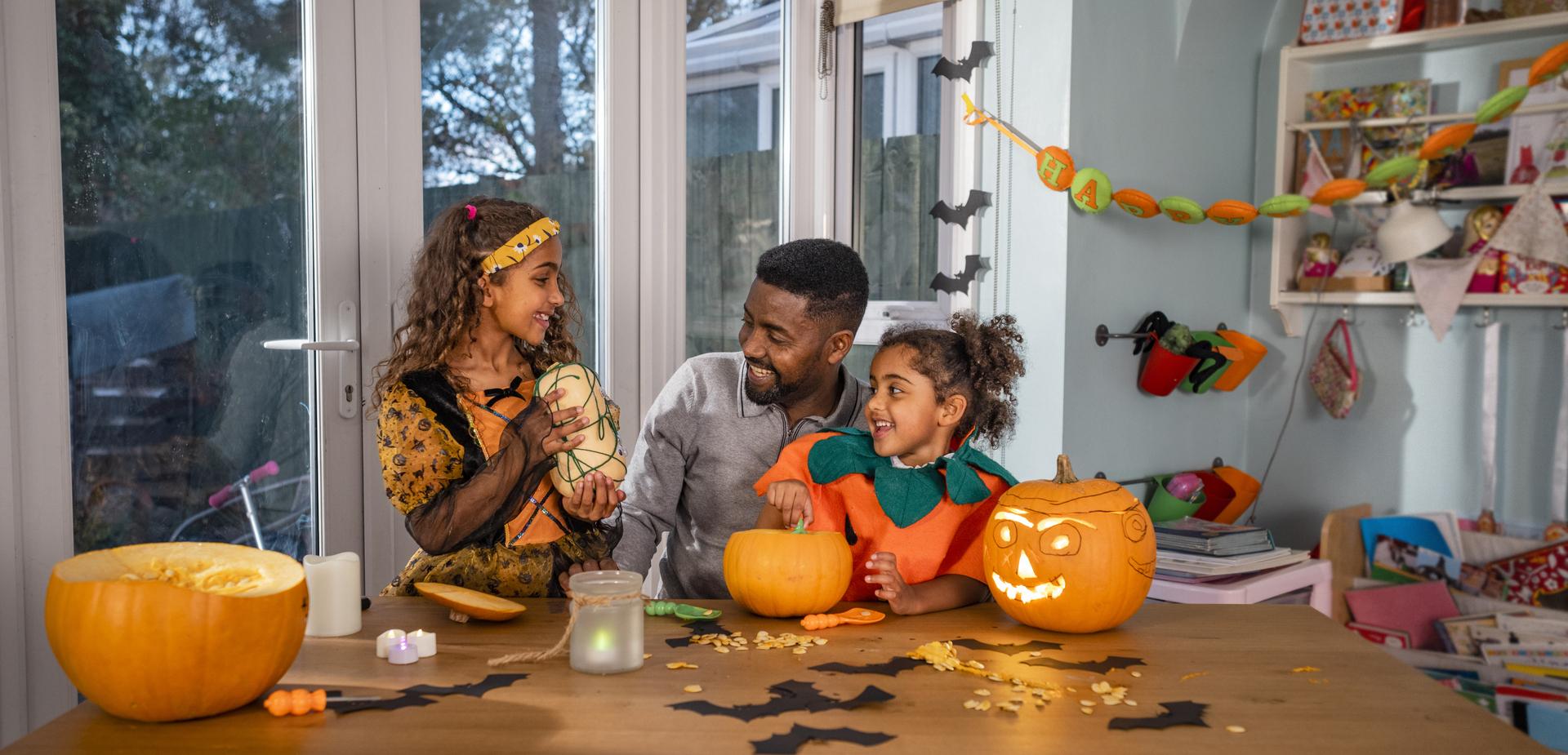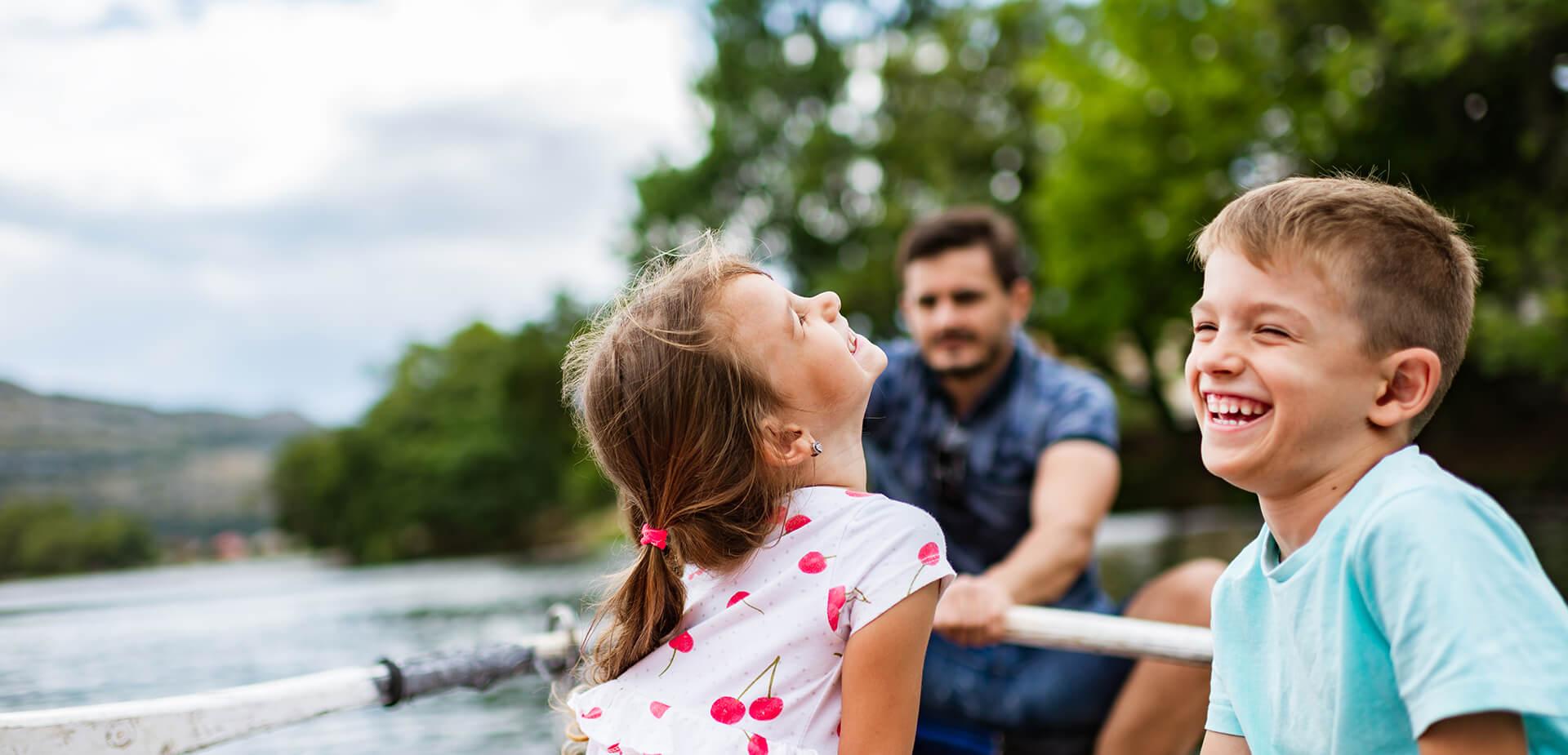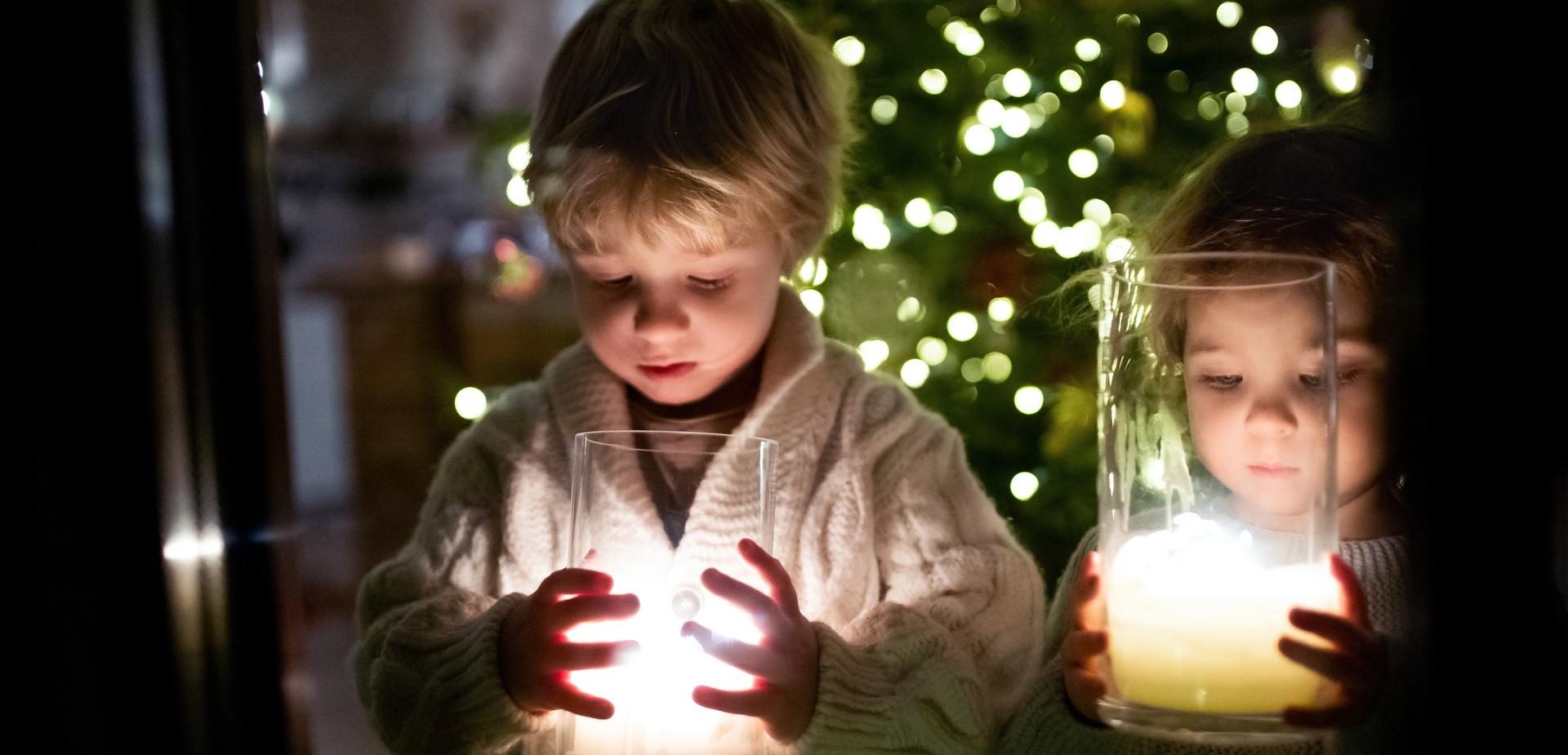
How to have fun with your family during Earth Hour
Are you and your children going to take part in Earth Hour this year? This annual event sees cities right across the world – from Sydney to Paris, from London to New York – go dark as millions of lights are switched off for one symbolic hour, known as Earth Hour. This worldwide action to highlight the fight against climate change will be observed again on 25 March 2023, from 8.30 to 9.30 pm. Do you want to share the experience and do your bit for the planet? For ideas of things to do with your children during Earth Hour, look no further!
The World Wide Fund for Nature (WWF) launched Earth Hour in Sydney in 2007. This annual event encourages people and businesses to turn off non-essential lights and appliances for one hour, not just to promote energy saving but to engage people worldwide on the issues of climate change. This grassroots ecological movement now rallies participants in every corner of the world!
Since its inception, Earth Hour has inspired many tangible green initiatives to protect nature, the climate and the environment. Highlights of the movement include helping to set up a 3.4-million-hectare marine protected area in Argentina and a 2,700-hectare forest in Uganda; pushing for a ban on single-use plastics and polystyrene in Ecuador’s capital, Quito; and planting 20,000 mangrove trees in Indonesia.
So how will you and your kids spend Earth Hour on 25 March between 8.30 and 9.30 pm? We have a few ideas...
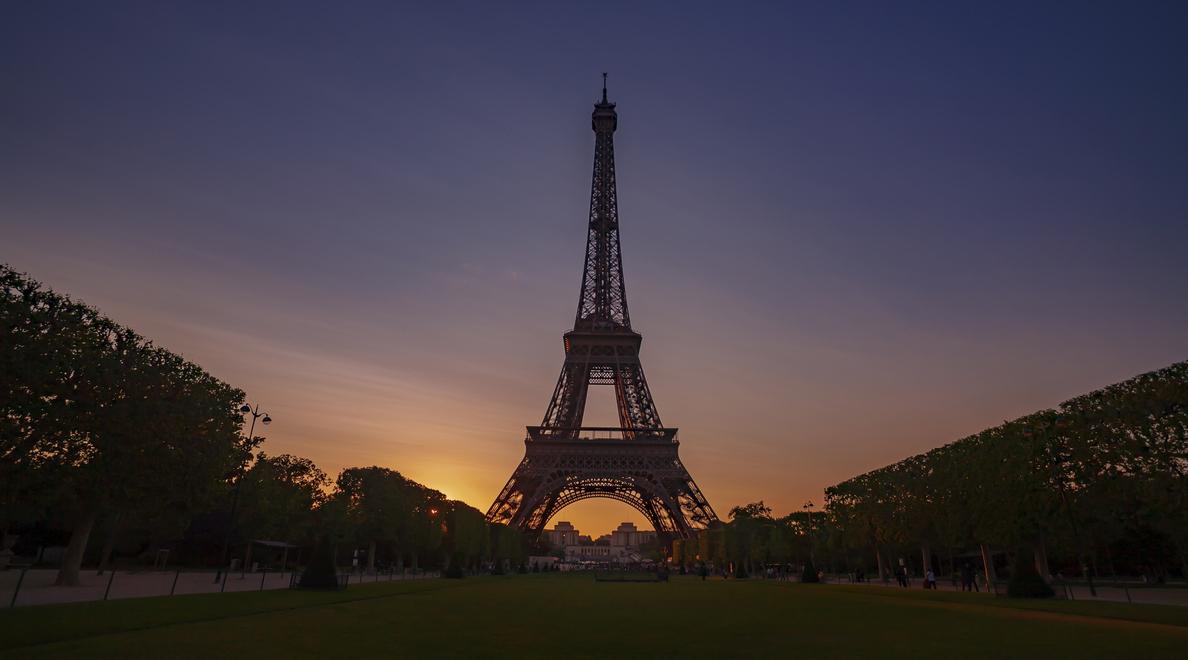
Thousands of the world’s most famous monuments, like the Brandenburg Gate in Berlin and the Sagrada Familia in Barcelona, will be plunged into darkness during Earth Hour. If you’re staying in one of our hotels in these cities – but also in many other cities – you’ll be able to enjoy a totally different view of some familiar landmarks. If you happen to live in Paris or will be there on 25 March, you can admire more than 300 well-known sights with their lights switched off, including the Eiffel Tower and the Arc de Triomphe. Don't miss this chance for you and your kids to see some illustrious landmarks in a new light!
Did you know?
The Eiffel Tower is lit up for an average of five hours a day throughout the year. It consumes 6,700 MWh of electricity every year – as much as a town with 3,000 inhabitants.
You get the clearest views of the night sky if you can get away from light pollution. Switch off all your lights and get your neighbours to also play the game during Earth Hour, then you won't have to go out into the depths of the countryside to enjoy a beautiful starry sky (weather permitting). Ideally, find an open area where you can see all the way to the horizon, without any tall buildings or trees obstructing your view. And be patient, because it’ll take at least 20 minutes for your eyes to adjust to the darkness. Make it even more magical by switching off your phone too!
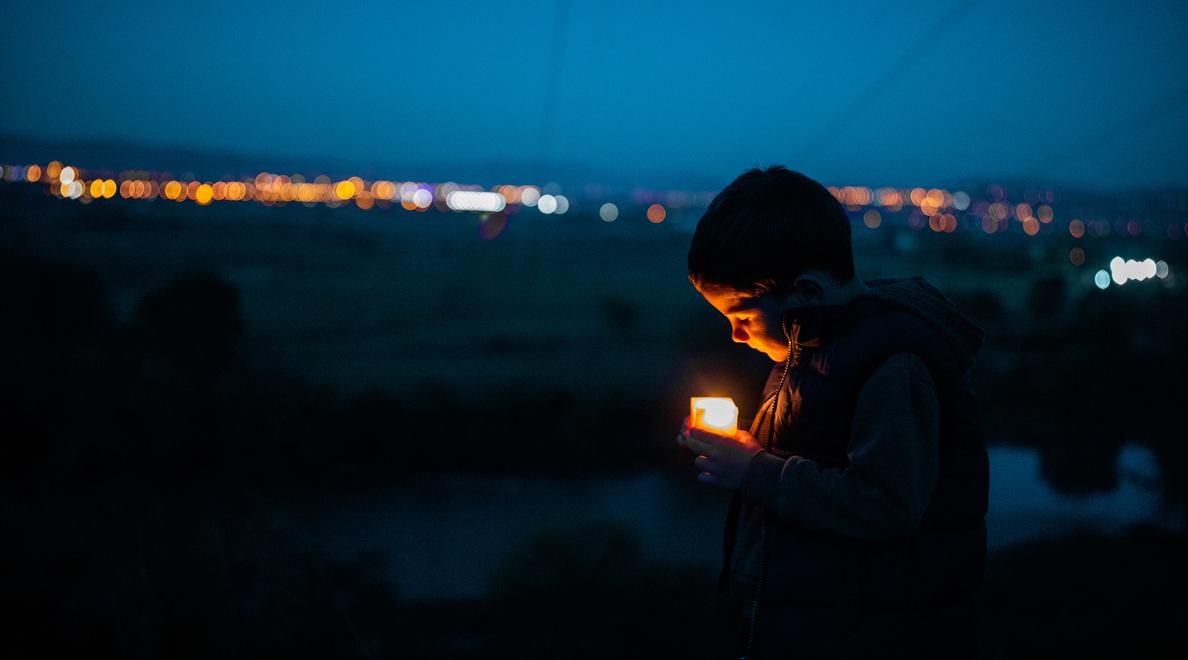
This takes a bit of planning in the runup to Earth Hour, but it will be worth it for the lovely time you’ll have with your family. To make a candle with your kids (never leave them alone with the melted wax, it’s searing hot), you will need:
- Wax granules
- A candle wick
- A glass container
- Oil pastels
- Fragranced oil designed for candles
- A saucepan (that you’re not bothered about!)
- A clothes peg
- A wooden spoon
Put the wax granules in the saucepan along with a few pieces of pastel to get the colour you want and melt over a low heat, stirring regularly. When the wax has melted, add some fragranced oil (this step is optional). Position the wick at the bottom of your container and pour a few drops of wax onto it to hold it in place. When that wax has solidified, pour in the rest of the melted wax, holding the wick straight with a clothes peg. Wait for two hours until the wax has set, and hey presto – you have a home-made candle! You can light it during Earth Hour and could also have some fun with the children making hand shadows. All you need is your candle, a dark room, a light-coloured wall, your hands, and a little imagination. Is it a wolf? A rabbit? Keep them guessing and laughing!
For a little bit of exercise and a thrilling adventure, why not spend an hour going on a night hike in nature? You might be surprised to hear sounds and spot animals that aren’t around during the day, such as owls, bats, hedgehogs or even toads and moths. Grab a flashlight and you’re all set! This is also a good opportunity to find out about the less common wildlife that lives around us and learn how to protect it.

